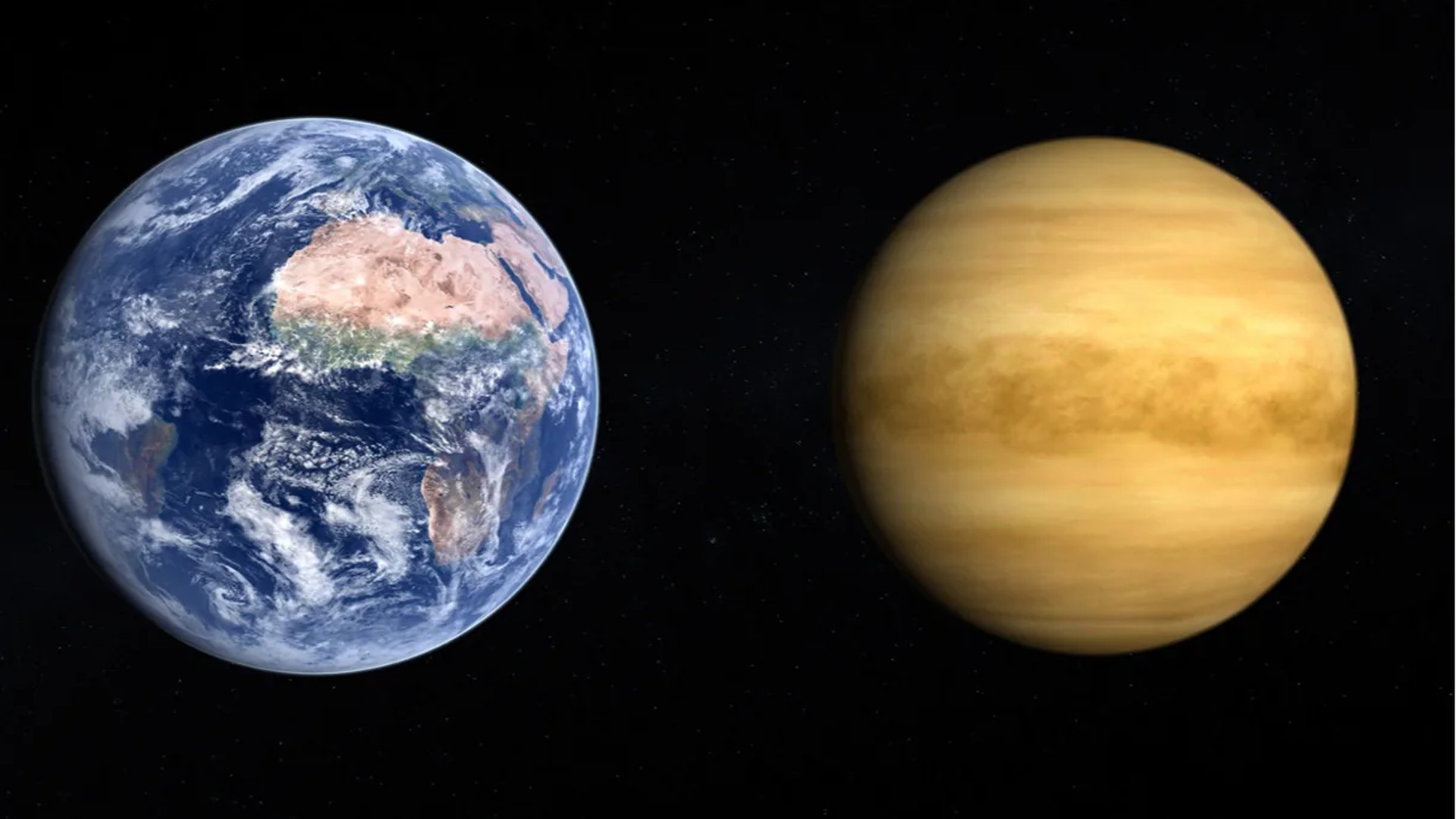According to new research, the formation of planets in the inner solar system is messier and more complicated than previously thought.
Planets such as Earth and Venus were previously thought to have formed when smaller rocks, asteroids, and debris, collided and stuck together to form a neat, round planet, which further grew as it accumulated more mass from further collisions.
The new research suggests that much of the planets within the inner solar system were likely formed after repeated hit-and-run collisions, potentially upending current models of planet formation.
The research paper published in the journal, The Planetary Science, focuses on two of the biggest planets within the inner solar system – Earth and Venus and the Earth’s moon. In the paper, the researchers argue that giant impacts are not efficient in merging masses as previously believed by scientists.
They propose a scenario where pre-planetary masses repeatedly crash into and ricocheted off each other before colliding with each other again at a later time. Having been slowed down by the first collisions, the objects would stick together better the second time.
According to Erick Asphaug, lead author of the paper and professor at Lunar and Planetary Laboratory, most giant impacts, even relatively “slow” ones, are hit-and-run collisions and won’t lead to colliding masses sticking together. For two planets or rocks to merge, they usually have to slow down first. For instance, it probably took collisions for the moon to form.
The paper suggests that Venus and Earth would have had entirely different experiences during their formation, despite being neighbors.
The solar system is a gravity well; the closer a planet is to the sun, the stronger the gravitational pull from the sun experienced by the planet.
Hence, when objects move closer to the sun, they are more likely to stay there. Therefore, a young Earth acted as a vanguard to Venus, slowing down and bouncing away bodies colliding with it for the first time, making it more like for them to be absorbed by Venus.
